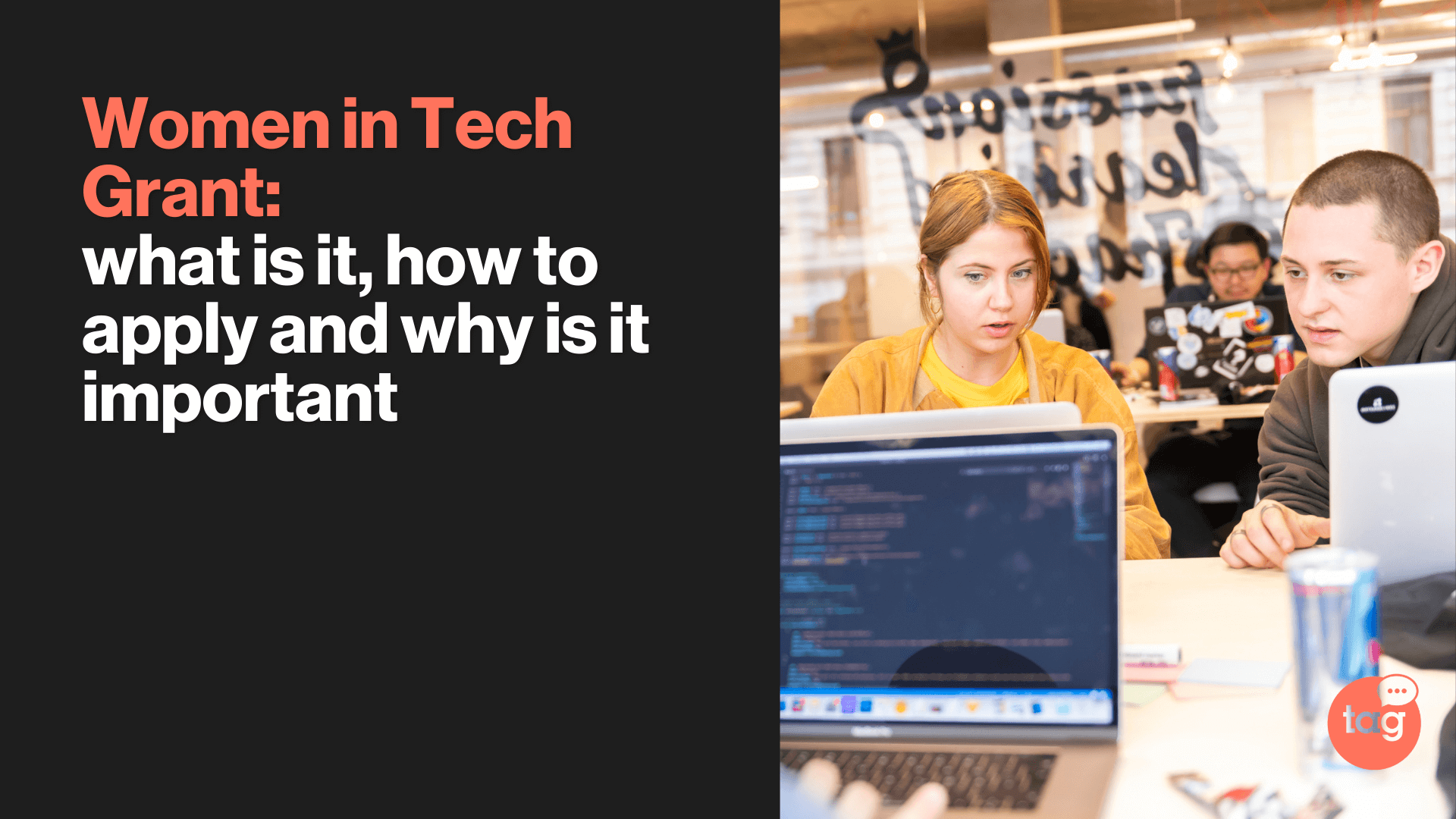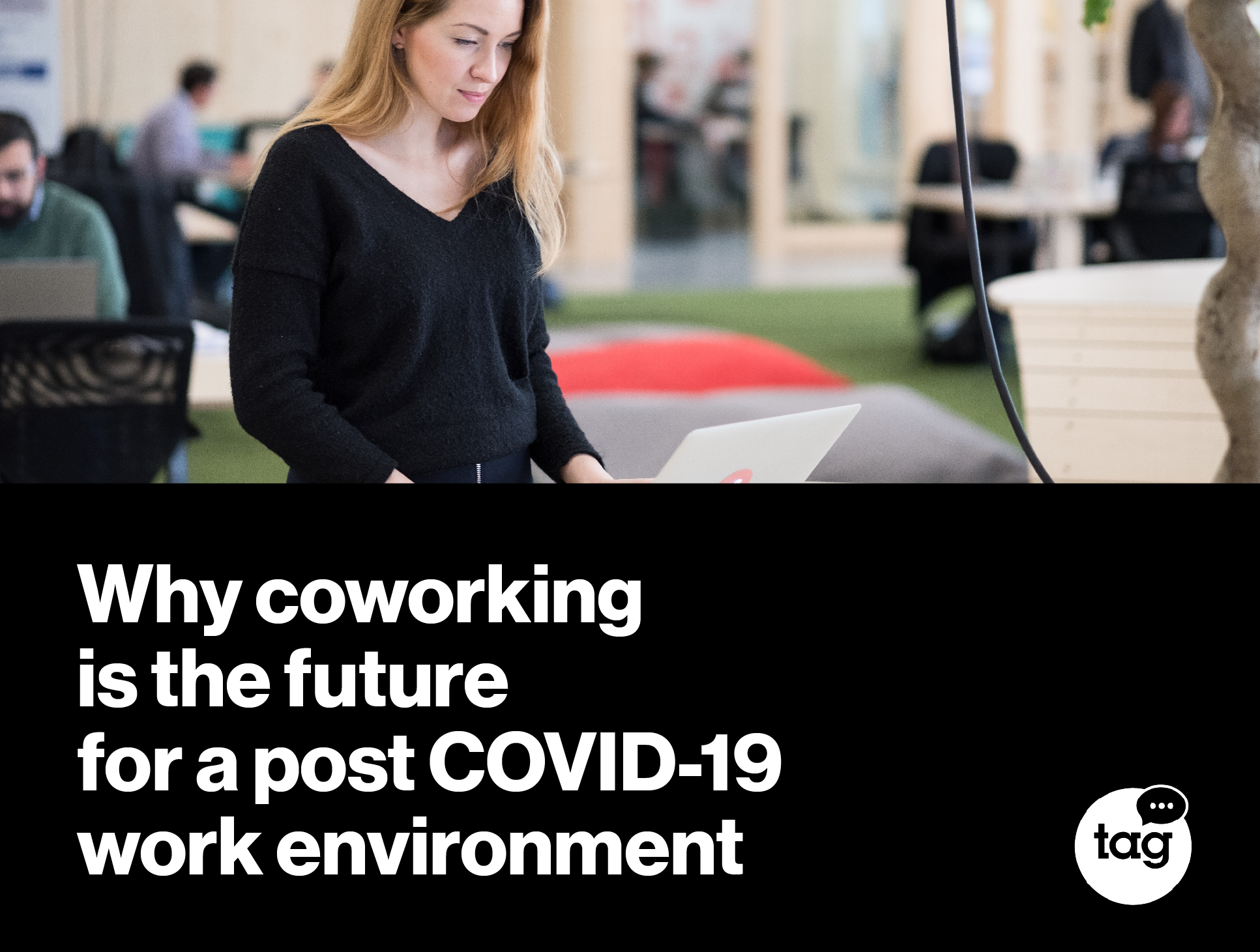- Home
- Business Innovation
- The Secret of Collective Intelligence: how it is cultivated & how to harness it for the benefit of companies
The Secret of Collective Intelligence: how it is cultivated & how to harness it for the benefit of companies


In an era where connectivity is rapidly evolving and becoming more sophisticated, we find ourselves at the forefront of a remarkable transformation. This blog aims to delve into the intricate world of human and technological connections. We'll explore how these connections are growing in number and complexity, accelerating at an unprecedented pace. By examining the dynamics of these connections, including their successes and failures, we aim to uncover insights into how we can better navigate and harness the power of this interconnected world. Let's embark on a journey through the realm of data, technology, and human interaction, uncovering the endless possibilities and challenges that lie ahead.
Let's start from data:
- The one thing we know for sure is that we are all more connected. Just consider that, in a single minute on the Internet, we download an average of 174,000 apps on our mobile phones, send 575,000 tweets, run almost 6 million Google searches and send 231 million emails.
- What we just said about connections of course, does not only concern people but is also of great importance for companies. Not convinced? Listen here: Airbnb operates more than 7 million accommodations in more than 100,000 cities worldwide; Uber operates in more than 700 cities in 77 countries worldwide through a fleet of tens of thousands of vehicles. In the world ranking of the top 50 retailers, those companies that have built a network system in many countries, catering to different markets without losing the uniqueness of their offerings, stand out.
- More connections also mean greater speed. So many people are connected online, exchange information with companies and institutions, and make decisions faster (and often more efficiently) than in the past. If proof is needed, try to think of the average time it has taken for new technologies to take hold in the lives and habits of the majority of the population. Let us take the example of the United States. Here, the mobile phone took 25 years to go from 10% to 96% usage (in 2019) by the population; the Internet took 23 years (in 2016) to reach the same result, while social media took only 14 years (in 2017). Tablets only needed 7 years to reach 64% of the population in 2017.
- So, more connected and faster. Moving on: some argue that so many people connected to each other through digital technologies would form an intelligence superior to that possessed by any one of us, even those with the highest IQ. The collective one, in short, would be a true super-intelligence. In fact, according to philosopher Yuval Noah Harari, it is this collective intelligence that has made us humans the dominant species on the planet. Here is an example of the power of collective intelligence: the first edition of the Oxford English Dictionary, with 400,000 words, took 70 years to be completed. On Wikipedia (the modern equivalent of a dictionary), 1.8 million corrections are made by users every second and 6 million new pages are created every month.
So, what can we say? The pool of opportunities arising from combining technology, data exchange and the intelligence of connected people and companies is truly incredible. This makes the issue of cultivating collective intelligence a crucial and highly topical one.
When Teamwork Doesn't Work
Are we sure that we always function well when we are in a group? In other words, is it enough for us to join efforts to be sure that the result of our work will always be better compared to the scenario in which we worked independently of others?
Unfortunately, it is not that simple for at least three reasons.
- The first reason why teamwork might give us an unexciting result is also the commonest: simply, there are endless possibilities as to why a team does not fit together perfectly. All of us have experienced at least once in our lives the lack of coordination, lack of leadership or lack of motivation within a team. We have plenty of examples to prove this. "Work-related" stress in Europe affects about 22% of the workforce. It is estimated that between 50% and 60% of the working days an employee loses in the course of a year are the result of work-related stress. The economic cost of this loss to companies is very high: over €20 billion per year in Europe.
- Coming now to the second reason: although collective intelligence has all the potential to produce a great outcome, this does not necessarily mean that the genius and creativity of a single person can also deliver great commercial success. Do you know Google Mail? When the service was launched in 2004, it completely revolutionised the approach to email, which until then had been dominated by AOL Mail and Hotmail. By 2012, Google Mail had already reached 425 million users worldwide, bypassing its rivals, and today, it is by far the most widely used email service. Many of you will be thinking at this point: surely Google Mail is the result of a large investment by the company and the work of many employees. You are off the mark. The idea was developed by Paul Buchheit, an employee who adhered to the '20% project' – a company policy whereby each employee could use 20% of his or her working time to devote to individual projects deemed potentially useful to the company itself.
- Third and final, the COVID-19 pandemic has radically transformed the way people work, the expectations of their jobs, and even the outlook of employers.
Consider this:
- Since 2020, the number of workers who regularly work remotely has grown everywhere in the world. In Italy, the percentage of the workforce operating remotely has risen from just 1% in 2019 to 33% in 2022 and then to around 14% in 2023. Other European countries are no exception. Eurostat tells us that the Netherlands is the country with the highest share of employed people who say they work, usually or occasionally, from home (53.8%). This is followed by Sweden, Luxembourg and Finland (40%). At the bottom of the list are Romania and Bulgaria, with less than 10%. Ireland is the country in the European Union with the sharpest increase between 2019 and 2021 (+19.4%)
- Since the pandemic, the number of workers who have decided to quit their jobs has increased dramatically. In the United States alone, more than 40 million people quit their jobs in 2022. In Europe, the countries most affected by the phenomenon were Germany (with 6% of the employed workforce voluntarily resigning), the United Kingdom (4.7%), the Netherlands (2.9%), France (2.3%) and Belgium (1.9%). In Italy in 2022, voluntary resignations affected about 1.6 million workers. Voluntary resignations affected 60% of the companies, mainly in the IT, marketing and sales areas, and mostly young people in the age group 26-35
- Along with the profound transformation in the way work is delivered and a workforce that is less settled than in the past, the challenges for companies and employers have changed as well. Today, the first priority consists of finding the right talents and retaining them in the company. Consider that three-quarters of European companies say they are having difficulty finding workers with the right skills. It is estimated that it takes a company 42 days to find the right person for a position (and that for more than 69% of the candidates, the first impact with the company is crucial in deciding whether to stay for more than 3 years). The second priority is precisely what we have been talking about : getting heterogeneous work groups to cooperate and effectively motivate workers, which is getting harder than ever before.
How do we overcome the challenge of coordination?
So, to sum up, we can function better in a group, but that does not mean that any group of people, under any conditions, works better and achieves better results. How, then, do we overcome the challenge of coordination?
There are many ways to answer this question. The one that gets the most credit is called the Hyper Island Toolbox (HIT), a business school founded in 1996 in Sweden and later established in the UK, Brazil, Singapore, North America and Asia Pacific. A school listed by CNN as one of the most innovative in the world
The underlying principle of the HIT method is simple: you can stimulate individual creativity, increase self-confidence in yourself and your co-workers, and, in so doing, improve the productivity of a team, thus successfully overcoming any obstacles to coordination.
To achieve this, the HIT method is structured in two steps:
- The first phase consists of learning. Mind you, it's not classical theoretical learning. Quite the opposite: the learning is entirely practice-based. So, in essence, there is a problem, a solution is reasoned out, a solution is tested by applying it, and adjustments are made on the fly if necessary.
- The second phase is dedicated to collective reflection on the participants' experience. Everyone reflects on what was done, the strengths but also the mistakes that were made, and how the former can be replicated and the latter eliminated. The objective is obviously to draw a lesson that can be replicated in different contexts.
Over the years, the HIT method has gathered many success stories. We would like to tell you about a few of them:
- The first is Spotify, the streaming service that offers music to 515 million monthly active users, up 22% year-on-year. Its Product Manager, Danny Mallas, says that after his experience at Hyper Island, he learned to manage stakeholders and partners more efficiently, to better understand their needs, and to negotiate improvements in Spotify's voice experiences.
- The second is Tukaka, a sustainability brand that helps the hospitality industry (which is known for using traditional approaches to business) redefine its impact on people and the environment. The founder of Tukaka, Alexandra Herget, says that attending Hyper Island courses gave her the right keys to redefine the hospitality business in a sustainable way.
What lies in the future of collective intelligence?
Let's start with some important news: in 2021, Talent Garden acquired the majority share of the HIT Business School, thus strengthening its focus on digital education, which has reached 80% of the group's activities.
This choice has a major strategic value precisely because it intercepts the three major challenges of future collective intelligence: one concerns workers who aspire to remain competitive and attractive on the labour market; the other concerns companies that intend to remain innovative, growing and able to attract the best talent available on the market; the third concern both, and lies in the intersection between collective and artificial intelligence.
- Workers, whatever their level of seniority, are increasingly required to be able to integrate and cooperate in transnational and hybrid teams. This means constant training and updating. The Global Talent Trends 2023 survey (involving 2,500 Human Resources experts in 17 countries around the world) identified training and updating skills as a global HR priority.
- Networking and cooperation are also crucial for career progression. According to the social network LinkedIn, 70% of professionals hired in 2021 had a contact in their company, and 80% of professionals consider networking vital to their career success.
- For companies, innovation is the result of growing investment in digital transformation (global spending on digital business transformation to reach $1.8 trillion in 2022) but also the ability to convincingly coordinate increasingly delocalised and hybrid employees, processes and structures.
- Finally, let us not forget the incredible potential that artificial intelligence can bring to the workforce and business. Among these is the ability to improve processes and simplify manual work (provided, of course, that the workforce and businesses evolve consistently).
The key to these challenges? The digital creative business school Hyper Island, where digital skills are taught, with a focus on the impact they are having on leadership in various jobs. Above all, the entire learning process is community-based. The lessons aim to encourage the individual to overcome his or her limitations and to collaborate by sharing tasks and joining forces.
As we close this exploration, it's crucial to acknowledge the transformative power these connections hold for our future. They are not just pathways of data and interaction but the very fabric that will shape our societies, economies, and personal lives. This journey has only just begun, and the landscape is continually evolving. We invite you to join us in this ongoing exploration, to question, learn, and contribute to the narrative of this digital age. Together, we can navigate the complexities of this connected world and unlock its full potential, paving the way for a future that is more integrated, intuitive, and innovative.

Don't Waste Your Talent. Turn It Into a Career With a Course That Fits Your Needs!
Keep reading

Women in Tech Grant: what is it, how to apply and why is it important

Leadership in the Digital Age: what sets the best apart?

Coworking: The Future For Safe, Flexible and Innovative Workspaces Post COVID-19

